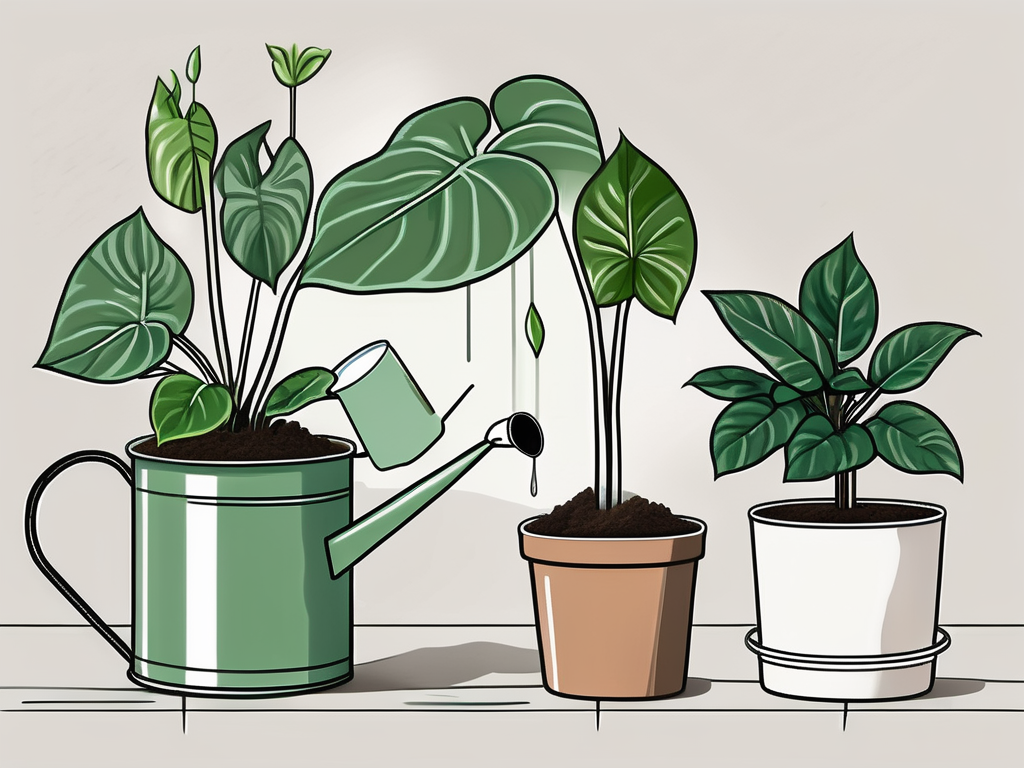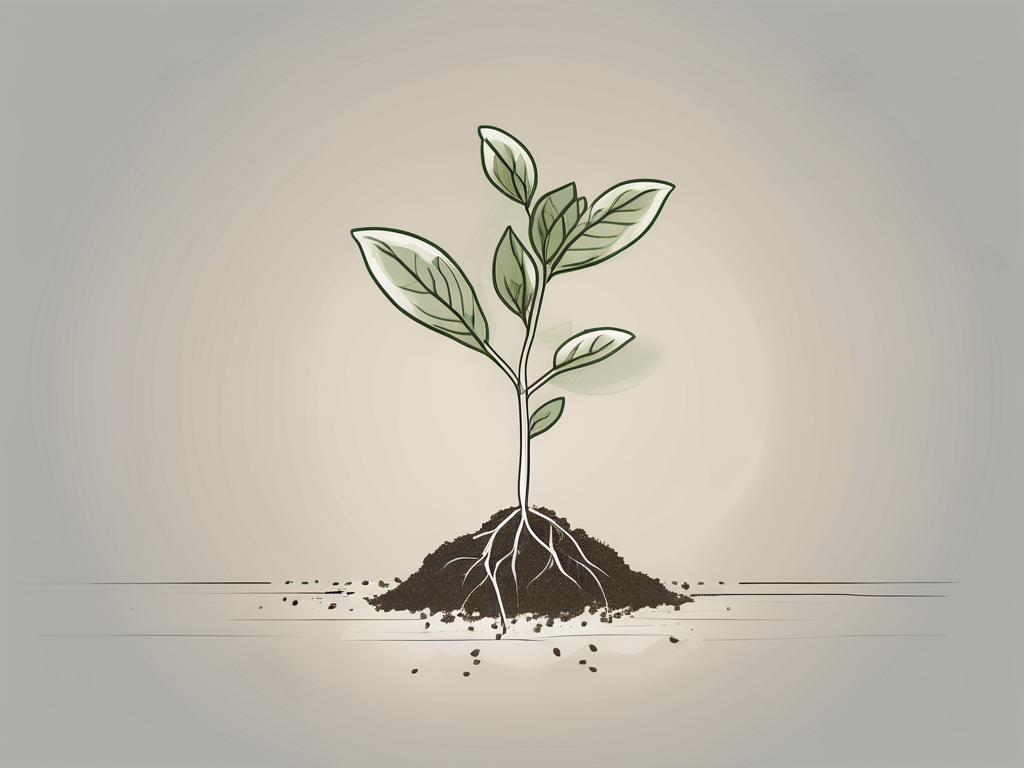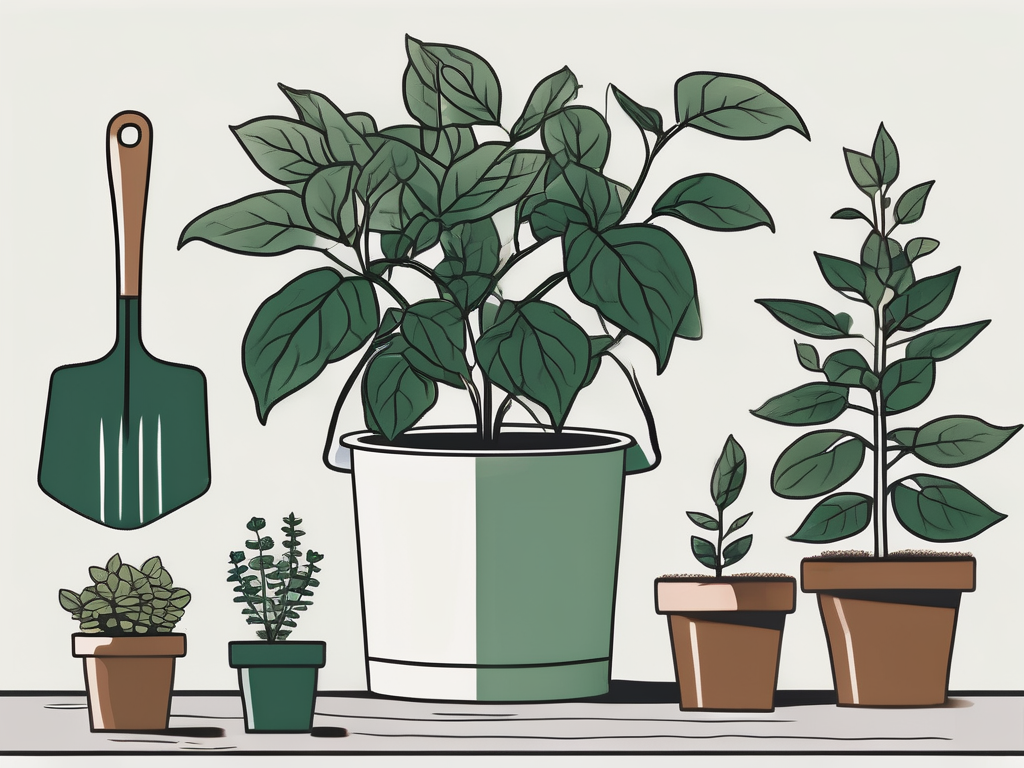
Philodendrons are among the most beloved houseplants, thanks in part to their lush foliage and forgiving nature. If you've ever admired your thriving philodendron and wished for more, you're in luck! Propagating these beautiful plants is not only possible but also quite simple. It’s a delightful way to expand your plant collection or share the joy with friends.
This article will walk you through the process of philodendron propagation, covering everything from preparation to aftercare. Whether you're a seasoned plant parent or a beginner, you'll find these steps easy to follow and rewarding. Let’s get started!
Understanding Philodendron Types
Before you jump into propagation, it helps to know a bit about the type of philodendron you have. Generally, philodendrons fall into two categories: climbing and non-climbing. Climbing varieties, like the heartleaf and Brasil, are perfect for propagation because they naturally produce long stems, making them easier to cut and root. Non-climbing types, like the philodendron Congo, grow upright and can still be propagated, but the process differs slightly.
For climbing varieties, you'll typically use stem cuttings for propagation. These plants produce nodes along their stems, which are key to successful rooting. Non-climbing varieties, meanwhile, may require dividing the plant at the root level. Understanding the growth habit of your plant helps you choose the best propagation method.
Take a closer look at your philodendron and identify its type. This will guide you in selecting the right tools and techniques for propagation. Knowing what you're working with can make the entire process smoother and more successful.
Gathering Your Supplies
Having the right tools on hand can make propagation a breeze. Here’s what you’ll need:
- Sharp scissors or pruning shears: A clean cut is crucial for healthy rooting. Ensure your tools are sharp and sterilized to prevent disease transmission.
- Small pots or containers: These will house your cuttings as they develop roots. Consider using clear containers to monitor root growth.
- Potting mix: A well-draining mix is best. You might consider a blend designed for aroids or mix your own using equal parts potting soil, perlite, and orchid bark.
- Water: Distilled or rainwater is ideal, especially if you're rooting in water, as it reduces the risk of mineral build-up.
- Optional rooting hormone: While many philodendrons root easily without it, a rooting hormone can speed up the process for more stubborn plants.
With these supplies ready, you’ll be well-equipped to start propagating your philodendron. Remember, preparation is key, so take the time to gather everything before making any cuts.
Making the Perfect Cut
Now comes the exciting part: making your first cut! For climbing philodendrons, select a healthy vine and locate a node. This node is where roots will sprout, so it's crucial to include it in your cutting. Aim for a cutting that’s about 4-6 inches long and has at least two or three nodes.
When cutting, use your sterilized scissors or shears to make a clean, diagonal cut just below a node. Why a diagonal cut? It increases the surface area for rooting and helps the plant absorb water more effectively. If your plant is non-climbing, you might need to carefully divide the root ball instead, ensuring each division has roots and at least one leaf.
Once you’ve made your cut, remove any leaves that would sit below the soil or water line in your propagation container. This prevents rot and encourages healthy root development. You might also dip the cut end in rooting hormone, though it’s not strictly necessary for most philodendrons.
Choosing Your Propagation Method
You have a couple of options for rooting your philodendron cuttings: water propagation and soil propagation. Each method has its own set of benefits, so consider what works best for you and your space.
Water Propagation
Water propagation is a popular choice because it offers a clear view of root development. To start:
- Fill a clean glass or jar with distilled or rainwater.
- Place your cutting in the water, making sure at least one node is submerged.
- Position the container in a well-lit spot, away from direct sunlight.
- Change the water every few days to keep it fresh and oxygenated.
Within a few weeks, you should see roots beginning to form. Once these roots are a couple of inches long, your cutting is ready to be transferred to soil.
Soil Propagation
If you prefer to start your cuttings directly in soil:
- Fill a small pot with your prepared potting mix.
- Moisten the soil slightly, ensuring it's damp but not waterlogged.
- Make a small hole in the soil and place your cutting, ensuring at least one node is buried.
- Press the soil gently around the base of the cutting to stabilize it.
- Place the pot in a spot with bright, indirect light, and keep the soil moist.
This method takes a bit longer for visible results, but it eliminates the need to transition the plant from water to soil, which can sometimes stress the plant.
Caring for Your New Cuttings
Whether you’ve chosen water or soil propagation, your cuttings will need a bit of TLC to thrive. Here are some care tips:
- Light: Ensure your cuttings receive plenty of bright, indirect light. Direct sunlight can scorch the leaves and hinder root growth.
- Humidity: Philodendrons love humidity, so consider placing your cuttings in a humid location or using a humidity tray. A small greenhouse or a plastic bag over the pot can also help.
- Watering: For soil cuttings, keep the soil consistently moist but not soggy. For water cuttings, refresh the water every few days.
Patience is key during this period. It might take a few weeks to months for roots to fully develop, depending on the environment and the plant's variety. But rest assured, with consistent care, your cuttings will soon transform into healthy new plants.
Transferring Water-Rooted Cuttings to Soil
If you started with water propagation, there will come a time when you'll need to transition your cuttings to soil. This step can be crucial for the long-term health of your new plant. Here's how to do it smoothly:
- Wait until the roots are at least 1-2 inches long. This ensures they’re robust enough to handle the transition.
- Prepare a small pot with your potting mix, as outlined earlier.
- Gently remove the cutting from the water, taking care not to damage the delicate roots.
- Make a small hole in the soil and place the cutting, ensuring the roots are well-covered.
- Water the soil lightly to help the roots settle and keep the plant hydrated.
- Place the potted cutting in a spot with indirect light and maintain the humidity.
The cutting might experience some stress during this transition, which is normal. Keep an eye on it, and ensure it gets enough water and light to adapt to its new environment. Soon, it should start showing signs of new growth, confirming that it’s settling in well.
Common Challenges and Troubleshooting
Propagation is a joyful process, but it can sometimes come with challenges. Let’s address a few common issues you might encounter:
- Yellowing leaves: This can indicate overwatering or inadequate light. Adjust your watering schedule and ensure your cutting receives enough indirect sunlight.
- Slow or no root growth: Be patient, as some cuttings take longer to root. Ensure the environment is warm and humid, and consider using a rooting hormone if the issue persists.
- Rotting stems: This is often due to too much moisture. Ensure your soil drains well, and if you’re propagating in water, change it regularly to prevent bacterial growth.
If you encounter any of these issues, don’t be discouraged. Adjusting care conditions can often solve the problem, and your plant will thank you for the extra attention.
Benefits of Propagating Your Philodendron
Beyond the obvious benefit of creating new plants, propagation has several perks:
- Plant sharing: Propagating allows you to share plants with friends and family, spreading the joy of greenery.
- Cost-effective: It’s a budget-friendly way to expand your collection without buying new plants.
- Learning experience: Propagating helps you understand plant biology better, enhancing your skills as a plant parent.
Each new plant you grow is a testament to your growing skills and care, making propagation a fulfilling endeavor for any plant lover.
Embracing Your Inner Plant Parent
Propagation is more than just a method of increasing your plant collection. It’s an opportunity to connect more deeply with your plants and witness the intricate processes of growth and life. As your philodendron cuttings develop into new plants, you’ll find yourself more attuned to their needs and rhythms.
Whether you choose to gift these new plants or adorn your own space, each new leaf and root is a celebration of your dedication and care. Embrace the journey of propagation, and let each new plant remind you of the joy of nurturing life.
Final Thoughts
In this guide, we’ve covered everything you need to know about propagating philodendrons, from making the first cut to caring for your new plants. By understanding your plant type, gathering the right tools, and choosing the best propagation method, you can successfully expand your plant collection.
At Cafe Planta, we're passionate about helping you care for your plants. Whether you're looking for unique houseplants or need advice on plant care, we're here to assist. Feel free to reach out through email or connect with us on Instagram. We believe plants can bring joy and community, and we're excited to be part of your plant journey.












